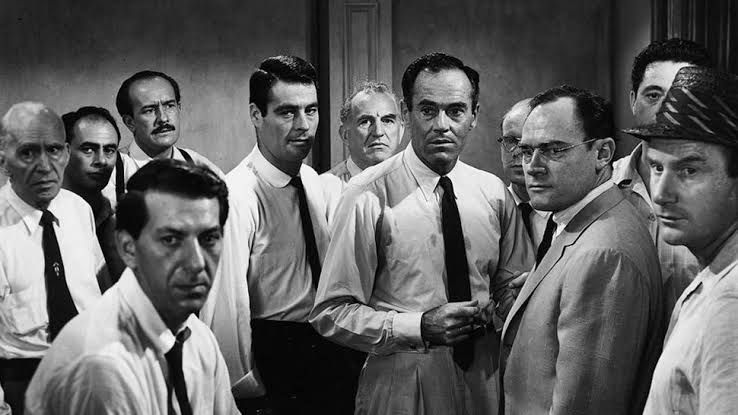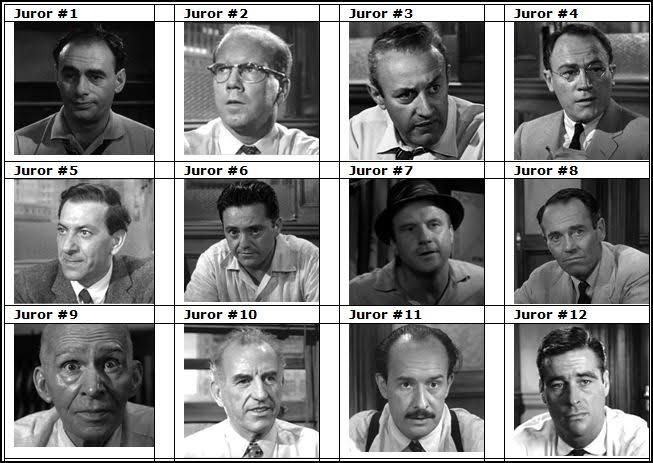Who Are The 12 Angry Men?
Jun 04, 2019 • 11 views

The 12 Angry Men is an American Drama Film that was released in 1957. It is a black-and-white movie that gained immense reach due to its dramatic courtroom appeal. The movie revolves around a bench of jury members discussing and investigating about a murder acquittal by an 18 years old slum boy. The wide personality differences as well as opinionated doubts among the 12 men serve a plateful of anger and other emotions on the jury table.
The movie is directed by the American director, producer and screenwriter, Sidney Arthur Lumet. It is an adaptation of the stage play of the same name. The play was initially written by Reginald Rose. Rose’s contribution to film and television has been prodigious. He is well known for his distinctive style of fictionalising the controversial political and social issues. In other words, Lumet has well directed the play into a movie by setting the right background and grim tone. Lumet’s other movies like, Network, Dog Day Afternoon, The Verdict and many more have hit the Academy Awards. His mastery overDrama and Crime Movies are clearly seen in his works. Lumet commonly uses Social realism as a tool for explaining the general dilemma and existing ideological conflicts.

The 12 Angry Men is the representative of his unique style and artistic ideas.
The film starts with an unfamiliar judgement scene and gradually all the main characters are put into a room for discussing the murder case. All the 12 angry men were smartly and sharply introduced with each specific characteristic. For instance, the Juror 3 maintained his character of a desolate infuriated father right from the beginning. The Juror 2 was portrayed as the exact contrast, with a meek and docile nature. The brilliant yet quiet uptake of Henry Fonda was a one-by-eleven statement. The justifications provided by him throughout the movie turned the table favourably. Behind the arguments and agreements, the characteristics of all the men gradually upfolded. With these differences, the intensity of the conflict increases. Instance where the Juror 10 erupts vitriol comments against the slum people, represent the generalized pre-assumed notions, often in a derogatory sense. The self-centred nature of men has been aptly acted by the Juror 12 and Juror 6. Their disinterest in the court verdict equals to their uncaring nature towards other’s lives.

The character of the old juror 9 has been the most interesting ones. His deliberate try of understanding the defendant’s state is primarily due to his excellent observation skills. The tone of the movie maintains a stern dismal tone throughout. The human dilemmatic mind is well profuse in Juror 5. Juror 3 was a bodily reservoir of angst, regret and vulnerability. His inability to bygone his past experiences turns him biased and obsolete. The grammatical correction made by the Juror 11 against Juror 4 was a satire upon the class that considers English as the only ideal way of living.
Though written in the early nineties, 12 Angry Men is a prototypical depiction of our society. In spite of having singular set of scenes, the film includes different kinds of temperaments and personalities sitting around the same table. Moreover, the context is set under one of the hottest times of the year, rising the general mood and intensity of the courtroom. The thoughtful use of words, gestures, facial expressions and cinematography have left an imprint and marked a higher ground in this industry with a rating of 4.3/5.
